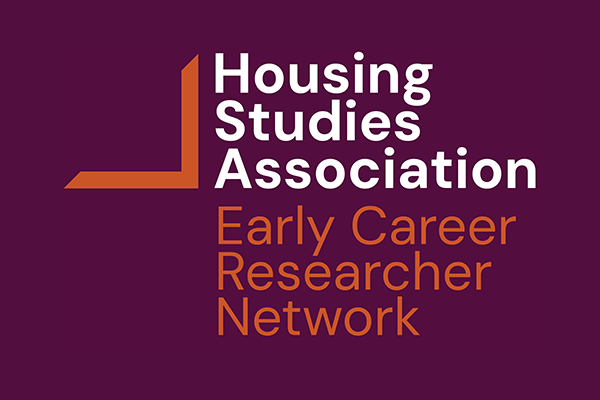Health impact on tenants of transitional housing in Hong Kong
Calvin W Luk – The Hong Kong Polytechnic University
During the HSA Annual Conference 2024, the topic of “Delivery holistic health in transitional housing in Hong Kong” was presented to illustrate the relationship between housing and health in the transitional social housing (TSH) programme of Hong Kong. The study is part of the research project supported by the Strategic Public Policy Research Funding Scheme of the Hong Kong Special Administrative Region government. In this part of the study, we examined the relationship of the design and delivery of TSH with tenant’s healthy living. Valuable feedback were collected through formal and informal discussion during the conference. Shortly after the conference, policy recommendations in our research report were finalised and published in the government website. (Ling & Luk, 2024)
The unprecedented transitional housing programme
In order to alleviate the escalating pressure from the extended waiting time for public rental housing (PRH) in Hong Kong, over 21,000 TSH units were built from 2018 to 2024 to offer a typical one-off three years tenancy for those who have waited for over three years and currently living in inadequate housing conditions, such as the “subdivided flats”. The building of transitional housing utilises Modular Integrated Construction (MiC) method to allow shorter on-site construction period, efficient relocation and multiple life-cycle reuses. Such programme only has limited precedence internationally. In London UK, there are only three comparable projects - Y:Cube at Mitcham, Place Ladywell at Lewisham, and Park View at Havering. During the conference, questions was raised on why such housing programme was needed. The discussion pointed towards the lack of commitment on available land to build permanent public housing.
Nevertheless, Hong Kong has inadvertently delivered the most distinguished transitional housing programme, with one of the largest in number of transitional housing units provided (more than 21,000 units); quickest in delivery (six years from 2018 to 2024); and involved the most extensive societal participation - 20 local community groups/non-government organisations (NGOs, 17 as both builders and housing operators) and 5 developers (contributed 11 sites of private or public-private hybrid lands with nominal rent).
The innovative approach of community groups
The development of non-profit “Community-led housing” has been reported to have “positive….. impacts, on primary health outcomes and on neighbourhood level factors which impact on health (social contact, employment, safety, environmental sustainability, and affordability)” (McClatchey el. at., 2023). In this study, the NGOs were found to voluntarily engage and lead the land development, housing design and operation, through to relocation and reuses, supported by Government funding and technical assistance (a dedicated “Task Force on Transitional Housing” team) as well as self-initiated participation from private developers, building professionals, construction contractors, and charity foundations. The attitude and degree of collaboration in a “public-private + people partnership” (Fell & Mattsson, 2021) were phenomenal and not seen before in the society of Hong Kong.
Health impact to transient residents
Occupants living in TSH face acute challenges in living space, daily commuting, neighbourhood and community relationship, posing considerable threat on their physical health, mental and psychosocial well-being. Cross sectional analysis on data collected from 89 tenants of six transitional housing sites indicated that despite less than optimal personal health (40% with bodily pain, 30% required medical assistance or medication; 12.9% with sleeping problems; 9.4% strongly disagree with their working ability), tenants generally showed positive outlook on mental health ("I feel that my life has meaning" received the highest average score). Frequent negative feelings (21%) and mental stress (24%) were still significant. On social well-being, tenants generally enjoyed good family relationship (78%), feeling supported by their families when facing difficulties (70%), and satisfied with the housing location (70%) being near to essential amenities such as schools and public transportation. However, some (8%) were dissatisfied with their children’s learning environment.

Figure 1. Self-perceived Personal Health Condition
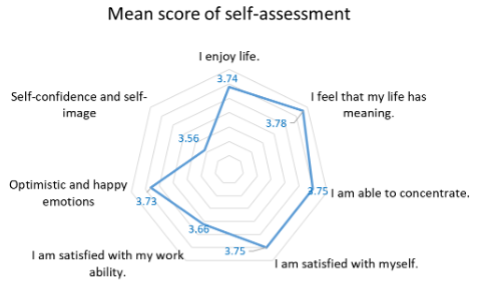
Figure 2. Self-perceived Mental Health Condition
Housing unit design
The MiC modules were design with standardised layout to minimise variations, thereby lowering construction cost, enhancing scalability and reusability across multiple projects. However NGOs found it challenging to have a single design scheme that satisfies targeted tenants and their respective social missions. Our survey indicated that the tenants generally base the layout preferences on their living style. Private toilet/shower, sufficient windows for ventilation, sufficient sunlight were identified as the top 3 priorities. Window provision was found to be most important for kitchen, followed by living room, bedroom and toilet. Presently 40% of current layouts has outboard toilets with windows and 60% has inboard toilets without windows. This confirmed the need of both options in standardised layouts. Open kitchen was considered sufficient for a 1-2 person household (88%), while a separate kitchen was considered necessary for small family units (70%). Although separate bedrooms were also identified as most essential for privacy in all unit layouts, most current layout design are unable to provide due to façade and unit area constraints.
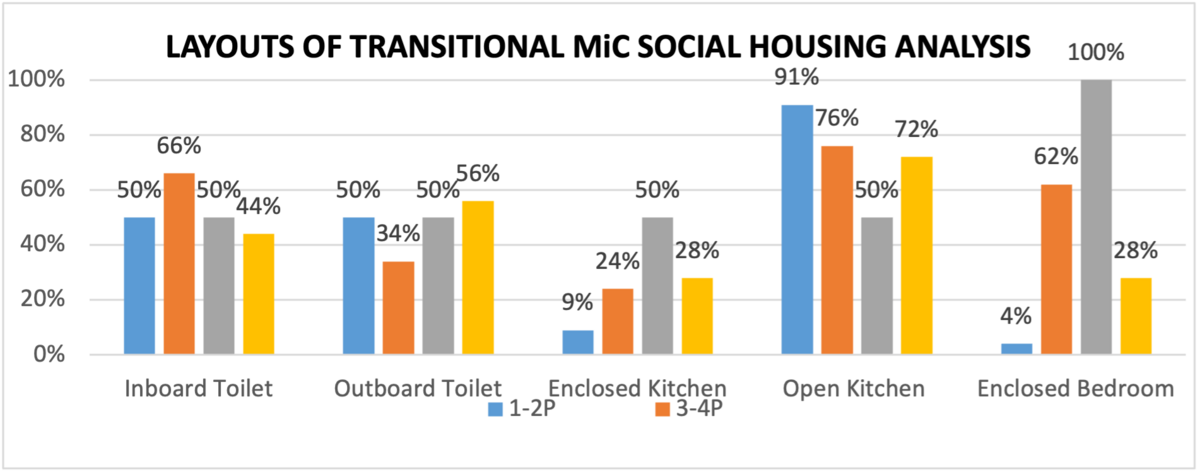
Figure 3. Frequency of different types of unit layout designs
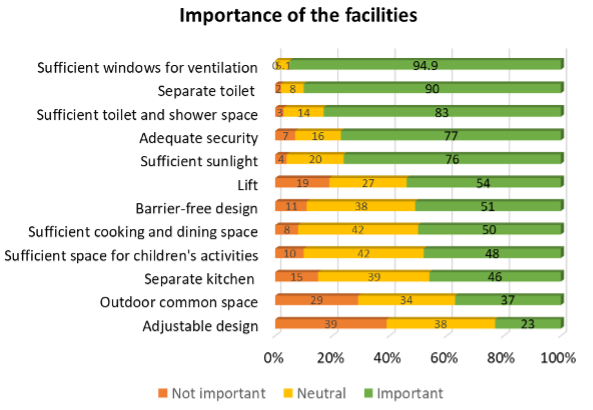
Figure 4. Mean Scores of importance of the facilities
Therefore, given the budget and land tenure restrictions, the housing unit design shall be modular to achieve the economy of scale, relocatable for reuse in future life cycles, and adaptability shall be built into each modular design layout to meet varied occupancy needs. The health promoting spatial features shall include improved privacy for family; universal design/accessible units for older or disabled persons with caregiver/companion; community spaces such as communal kitchen-dining room, lounge and workshop encouraging neighbourhood sharing and support; co-op shops and community centre offering on-site job opportunities and capacity building of tenant’s livelihood.
Tenancy, socio-economics and social capital
Despite transitional, the tenancy agreement was considered positive (62%) in improving their well-being, with some dissatisfied (31%) with the renewal limitation when PRH is still not available.
Among the tenants, most received regular government cash allowance (75%) and did not participate in employment training or further education (81%). After moving into transitional housing, the average number of employed individuals per family decreased from 1.31 to 0.6, along with a slight increase in the number of full-time caregivers/housewives and retirees. However, some (31%) reported an increase in household income, and money saving habit has also increased from 45% to 67%.
On social network, increased participation was found in diverse social activities such as community activities, personal skills/job training and neighbourhood meetings. NGOs as housing operators delivers comprehensive on-site community services and customised tenants support for children/family/personal; and enhanced transportation services to adjoining districts. Most respondents (90%) expressed that their neighbours in the community show an amicable attitude, and did not encounter any discriminatory treatment. Overall, occupants are benefited beyond physical accommodation, with improved holistic health and better social inclusion.
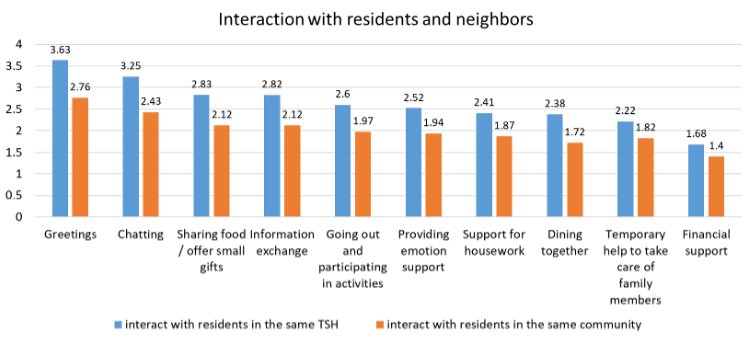
Figure 5. Mean Scores of Interactions with Residents and Neighbours
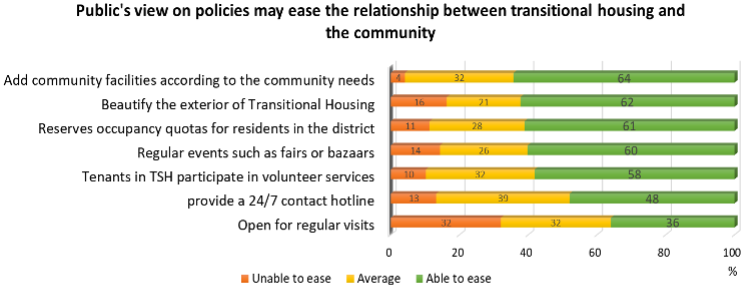
Figure 6. Public Views on Policies that may ease the relationship between transitional housing and community
References
Ling, K.K., Luk C.W. (2024). “Effective transitional housing delivery in Hong Kong”. https://www.cepu.gov.hk/doc/en/research_report(PDF)/S2020.A6.014.20S_Final_Report_Prof_Ling.pdf
McClatchey, R., McClymont, K., Griffin, E., Carmichael, L. (2023). Community led housing, health and wellbeing: a comprehensive literature review. International Journal of Housing Policy, 1–38. https://doi.org/10.1080/19491247.2023.2232200
Fell, T., & Mattsson, J. (2021). The Role of Public-Private Partnerships in Housing as a Potential Contributor to Sustainable Cities and Communities: A Systematic Review. Sustainability (Basel, Switzerland), 13(14), 7783. https://doi.org/10.3390/su13147783
Bio: Calvin Luk, PhD. is Senior Manager of the Jockey Club Design Institute for Social Innovation, The Hong Kong Polytechnic University. He manages and conducts community-based action research projects in transitional social housing, inclusive built environment for people with disabilities, mental health and environmental design for persons with Dementia. With over ten years of community working experience in the non-profit sector, and qualified both as an architect and Chinese Medicine practitioner, he is interested in exploring the impact of the design of built environment on holistic health.


